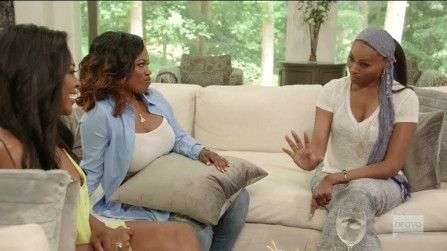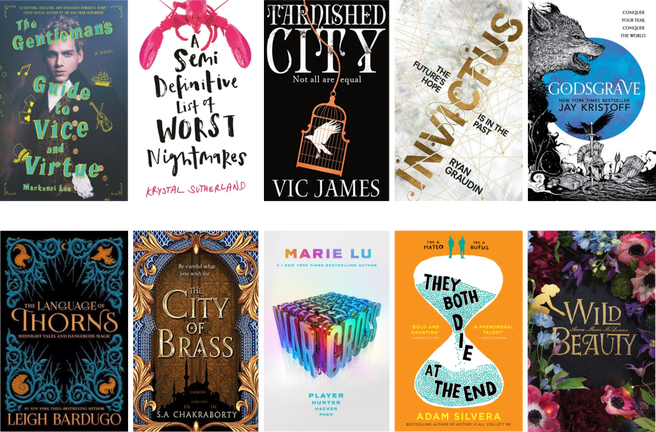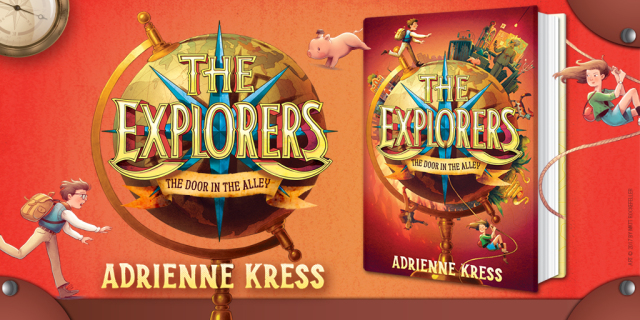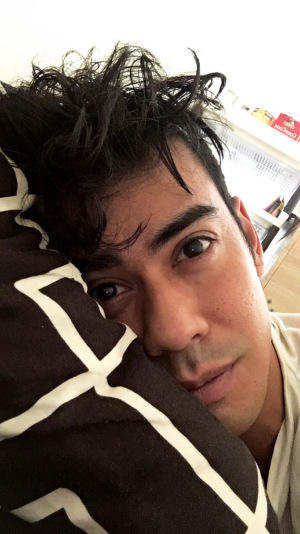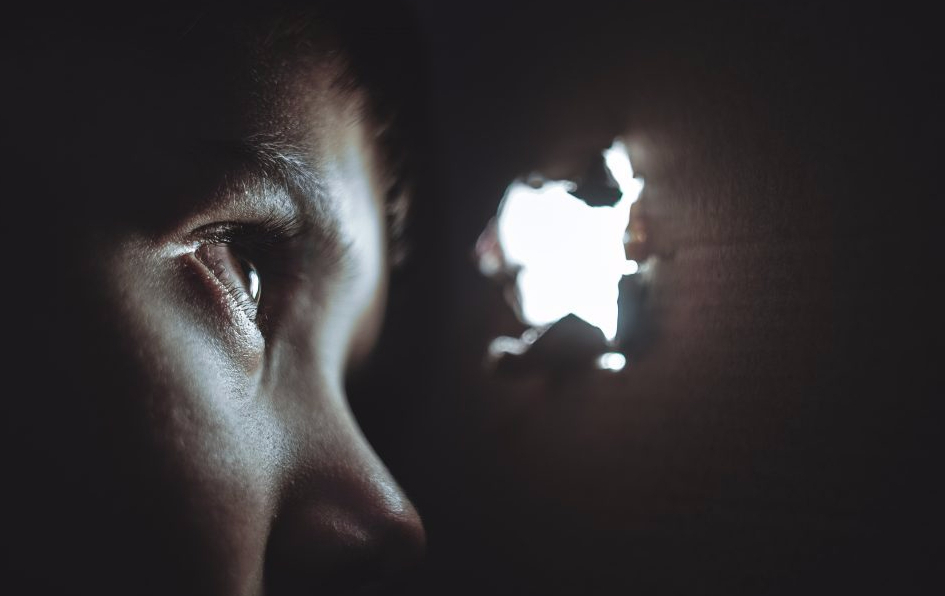
‘There’s a difference between doing things right & doing the right thing.’
~Peter Druker
Reflecting back on teaching Biology 12, I spent a lot of time improving the tests I was creating. I linked the learning outcomes to each test question, I created detailed test outlines, I did intense review sessions, and I simplified test instructions.
In my mind I had nailed test creation!
And in fact, I was improving the tests I gave. But was I changing the story of learning for the learners in my care? Was I telling a new and updated story? What did using tests, as the sole way to reveal student learning, say about what I believed about learning?
As I look back now, I see that although I was improving a practice, I wasn’t necessarily changing or examining the beliefs that underpinned the practice. I recognize now that the real change I was after didn’t reside in the updating of tests. Rather, the real work resided in me understanding and exploring my beliefs about learning. The work lay in reflecting on and examining my practices, and teasing out what story of learning I was telling the learners as a result of these practices.
I was doing things right but I wasn’t necessarily doing the right thing.
“An important leverage point for transforming education is changing mindsets that gave rise to the system in the first place.”
~Todd Rose
Imagine you are in a dimly lit room trying to read a fascinating story. Every time you get to the best parts of the book the lights go out completely. Finally, someone enters the room and hands you a nimble and unobtrusive clip-on reading light. You snap the handy light on to your book and presto! You are reading the story effortlessly!
Then, your handy light goes out. Another person enters and offers you a massive, bright, free-standing spotlight. They turn the light on and you are immediately blinded. You squint as you try to read the next couple of words but it is near impossible. All you can do is to remove yourself from the glare of the light and huddle in the corner with your back to the light. There you try to get a few more pages in.
As we navigate the myriad of educational initiatives out there, which initiatives will be like the nimble and adaptable snap on light, and reveal the story of learning for our learners? Which initiatives and practices will be like the blinding spotlight, and act to overpower the story of learning?
Sometimes it seems that “the light” becomes more important than the story. How might we create environments where “the story” is at the center?
Before we even consider which initiatives to undertake, we might want to determine what story of learning are we currently telling the learners in our care. Will Richardson challenges us to do a story audit to reveal the story we are telling learners. He suggests going out in to the hall and walking into your classroom. What do the posters on the classroom door say about learning? Then, walk into the room and look around. What does the arrangement of the furniture and presentation setup say about the story of learning? Sit down in at desk or table, look around. What story of learning is being told from this perspective? Continue on through the day from the learners’ perspective.
What story of learning are you telling the learners in your care?
How will you tell the story of learning to the learners in your care?
Resource Roundup
A collection of belief sets complied by the ILT in SD23
8 Cultural Forces That Define Our Classrooms based on the book Cultural Forces by Ron Ritchart
Share this:
